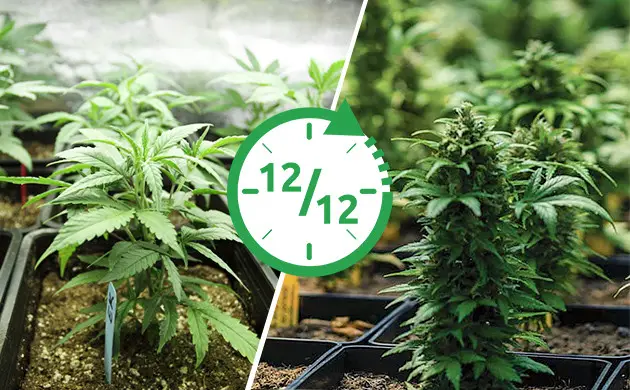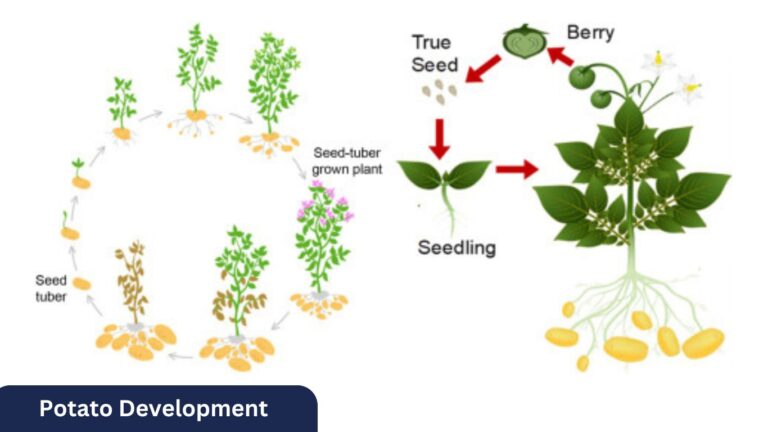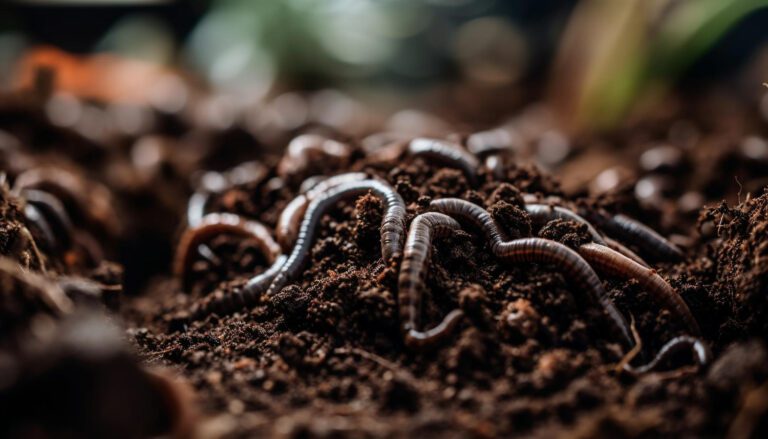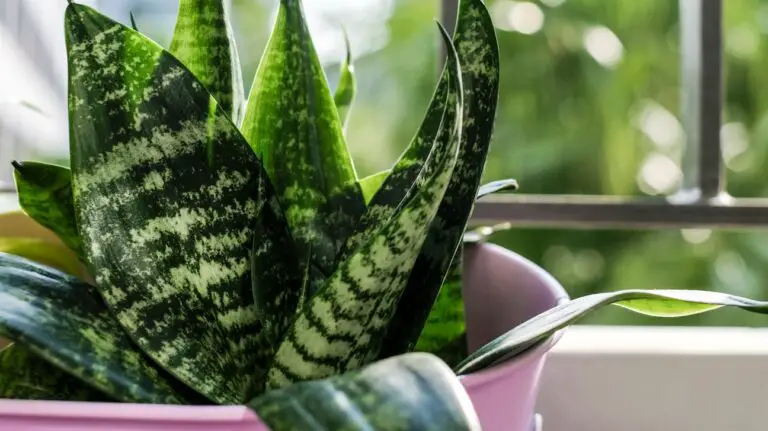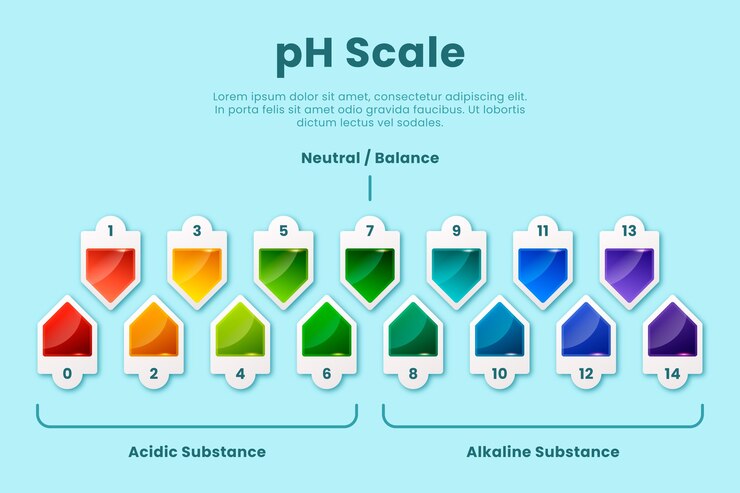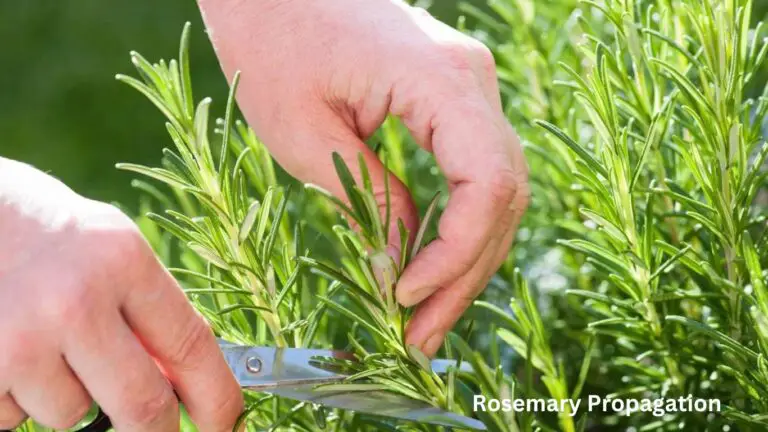12/12 from Seed: How to Grow Cannabis Plants with a 12-Hour Light Cycle from the Start
Table of Contents
Understanding the Importance of Light Cycles in Cannabis Growth
Cannabis cultivation is a meticulous process that requires careful consideration of various factors for optimal plant growth. You might wonder How to Grow Cannabis Plants?. One of the most vital elements in cannabis cultivation is the importance of light cycles. Light serves as the primary source of energy for plants through the process of photosynthesis. Understanding and implementing the right light cycles can greatly impact the overall health and productivity of cannabis plants.
In the world of cannabis cultivation, light cycles refer to the specific periods of light and darkness that plants are exposed to throughout their lifecycle. Different stages of the plant’s growth require varying amounts of light exposure, and it is crucial to provide the appropriate light cycle to ensure healthy development. The timing and duration of the light cycles impact various physiological processes of the plant, including vegetative growth, flowering, and ultimately, the production of desirable cannabinoids and terpenes. By meticulously managing light cycles, cannabis growers have the ability to manipulate the plant’s development and maximize its potential for desirable characteristics.
Choosing the Right Cannabis Strain for a 12-Hour Light Cycle
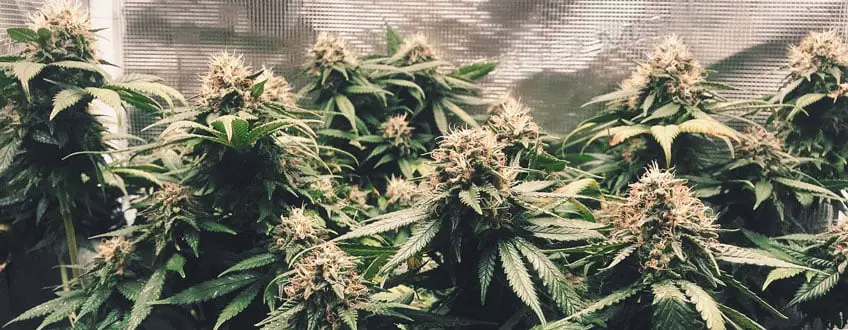
Choosing the right cannabis strain for a 12-hour light cycle is crucial for ensuring optimal growth and yield. With the limited amount of light available, it is important to select a strain that can thrive in these conditions.
One consideration when choosing a strain is its flowering time. Cannabis strains can be divided into three main categories based on their flowering time: indica, sativa, and hybrid. Indica strains generally have a shorter flowering time of around 8-10 weeks, making them a suitable choice for a 12-hour light cycle. Sativa strains, on the other hand, have a longer flowering time, often ranging from 10-14 weeks. Hybrid strains offer a balance between the two, with some hybrids having a shorter flowering time and others a longer one.
In addition to the flowering time, it is also important to consider the overall growth characteristics of the strain. Some strains are more compact and bushy, while others are taller and more stretchy. For a 12-hour light cycle, it may be beneficial to choose a strain that is more compact and bushy, as this allows for better light penetration and utilization. However, this ultimately depends on the grower’s specific needs and preferences.
Overall, choosing the right cannabis strain for a 12-hour light cycle requires careful consideration of factors such as flowering time and growth characteristics. By selecting a strain that is well-suited to these conditions, growers can maximize their chances of success and achieve optimal growth and yield.
Preparing the Growing Environment for Optimal Plant Health
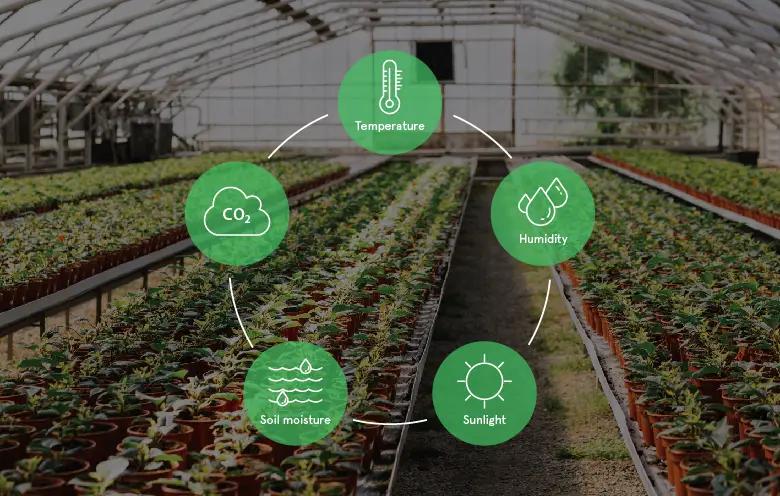
Creating the optimal growing environment for cannabis plants is crucial for their overall health and productivity. By providing the right conditions, gardeners can ensure that their plants thrive and reach their full potential. There are several key factors to consider when preparing the growing environment for optimal plant health.
One important aspect to consider is temperature control. Cannabis plants thrive in temperatures between 70-85 degrees Fahrenheit during the day and slightly cooler temperatures of 60-70 degrees Fahrenheit during the night. Consistently maintaining these temperatures will help promote healthy growth and prevent stress on the plants. It is also essential to monitor humidity levels in the growing space. Relative humidity levels of around 40-60% are ideal for cannabis plants. Higher levels can increase the risk of mold and mildew, while lower levels can cause the plants to become dehydrated. Utilizing a humidity monitor and implementing proper ventilation can help maintain optimal humidity levels for the plants.
Another important factor in preparing the growing environment is ensuring proper airflow and ventilation. Good airflow is crucial for preventing the buildup of stagnant air, which can lead to pest infestations and disease. A well-ventilated growing space promotes healthy transpiration in the plants, allowing them to breathe and take in essential nutrients. To achieve this, gardeners can utilize fans, air vents, and proper spacing between plants to encourage air circulation. Proper ventilation not only helps maintain optimal temperature and humidity levels but also contributes to the overall health and vitality of cannabis plants.
By carefully considering temperature control, humidity levels, and airflow in the growing space, gardeners can create an environment that supports optimal plant health. Providing the right conditions will give cannabis plants the best chance to grow vigorously, produce high-quality buds, and ultimately result in a successful cannabis cultivation. Whether you’re a novice gardener or an experienced enthusiast, investing time and effort into preparing the optimal growing environment will undoubtedly pay off in the long run.
Providing Adequate Nutrients and Water for Cannabis Plants
| Nutrient | Source | Importance |
|---|---|---|
| Nitrogen, Phosphorus, Potassium, Calcium, Magnesium | Soil, fertilizers, or nutrient solutions | Critical for plant growth and development |
| Carbon, Hydrogen, Oxygen | Air and water | Essential for plant survival and growth |
| pH Level | Water pH | Important for nutrient absorption and preventing nutrient lockout |
| Water Quality | Purified RO water or tap water with appropriate pH and mineral content | Affects plant growth and nutrient uptake |
Properly providing nutrients and water to cannabis plants is essential for their optimal growth and development. Just like any other living organism, cannabis plants require a balanced diet and adequate hydration to thrive. However, it is important to note that the specific nutrient requirements may vary depending on the stage of growth.
During the vegetative stage, cannabis plants require higher levels of nitrogen to promote lush foliage and sturdy stems. This can be achieved by using a high-quality organic or synthetic fertilizer specifically formulated for vegetative growth. Additionally, other essential nutrients such as phosphorus, potassium, calcium, and magnesium should also be incorporated into the plant’s diet to ensure healthy and vigorous growth.
As the plants transition into the flowering stage, their nutrient needs begin to change. At this point, it is crucial to decrease the nitrogen levels and increase the phosphorus and potassium levels. These macronutrients play a crucial role in promoting bud development and enhancing the overall quality and potency of the harvested flowers. To meet these requirements, specialized flowering fertilizers are recommended.
In addition to nutrients, proper watering is equally vital for cannabis plants. Overwatering can lead to root rot and other fungal diseases, whereas underwatering can cause stress and nutrient deficiencies. The frequency and amount of watering largely depend on factors such as the size of the plants, the type of growing medium, and the environmental conditions. It is important to maintain a balance by allowing the growing medium to dry out slightly between waterings, ensuring that the roots have access to oxygen.
In conclusion, providing adequate nutrients and water to cannabis plants is paramount for their successful growth and abundant harvest. By understanding the specific nutrient requirements and adjusting them according to the growth stage, as well as maintaining a proper watering schedule, gardeners can ensure that their cannabis plants are healthy and thriving, ultimately leading to a bountiful harvest.
Selecting the Appropriate Lighting Equipment for a 12-Hour Cycle
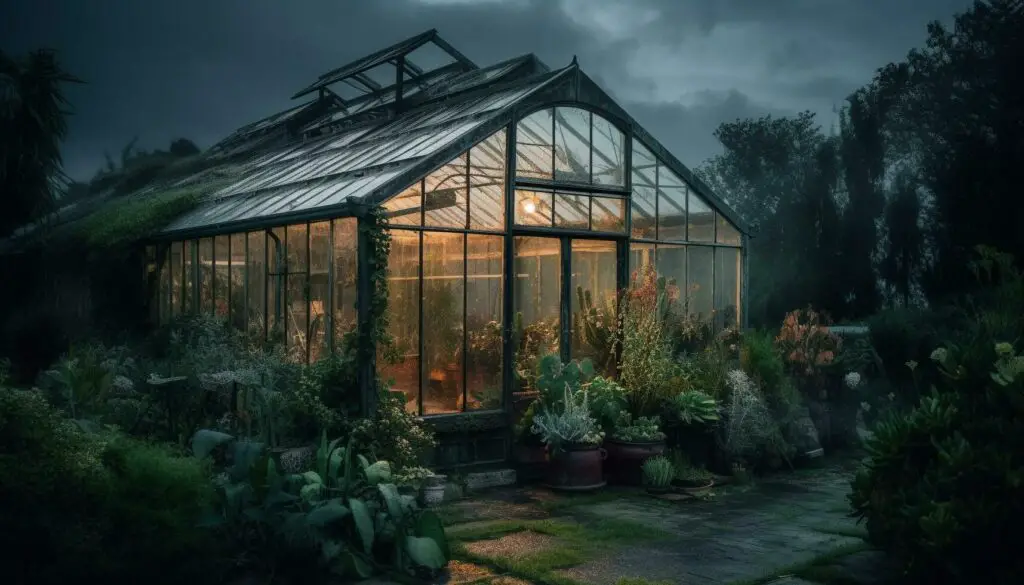
Selecting the appropriate lighting equipment is crucial for achieving optimal growth in cannabis plants that are being grown under a 12-hour light cycle. Different stages of cannabis growth require different light intensities and spectrums, so it is important to choose equipment that can provide the right conditions for each stage.
When it comes to lighting equipment for a 12-hour cycle, there are a few options to consider. High-intensity discharge (HID) lights, such as metal halide (MH) and high-pressure sodium (HPS) lamps, are popular choices among cannabis growers. They are known for their high light output and can cover a large area, making them suitable for larger growing spaces. LED lights are another option worth considering. While they are initially more expensive, they are energy-efficient, produce less heat, and allow for better control over light spectrum. Fluorescent lights, particularly T5 and compact fluorescent lamps (CFLs), can be used for smaller grow spaces or as supplemental lighting.
It is important to carefully evaluate your specific needs and the requirements of your cannabis strain when selecting lighting equipment. Consider factors such as the size of your grow space, the desired yield, and the amount of heat the lights will produce. Additionally, be mindful of the cost and energy efficiency of the equipment you choose, as these factors can impact your overall expenses and environmental footprint. By selecting the appropriate lighting equipment for a 12-hour cycle, you can create an ideal environment for your cannabis plants and maximize their growth potential.
Establishing the Ideal Light Intensity for Cannabis Growth
| Growth Phase | PAR Intensity (µmols/m²/sec) |
|---|---|
| Seedling / Clone | 400 – 500 |
| Vegetative | 400 – 500 |
| Bloom / Flowering | 1000 |
To ensure optimal growth and development of cannabis plants, it is crucial to establish the ideal light intensity in the cultivation environment. Light intensity refers to the amount of light energy received by the plants within a given area, typically measured in units of lux or foot-candles.
Determining the appropriate light intensity for cannabis growth depends on various factors, including the strain, stage of growth, and the desired outcome. During the vegetative stage, a light intensity of around 10,000 to 20,000 lux (929 to 1,858 foot-candles) is recommended to promote vigorous growth and healthy foliage. This high-intensity light mimics the bright, sunlit conditions that are ideal for vegetative growth. On the other hand, during the flowering stage, it is beneficial to reduce the light intensity to approximately 5,000 to 7,000 lux (465 to 650 foot-candles). This lower intensity helps stimulate the flowering process and encourages the development of dense, resinous buds.
Maintaining appropriate light intensity levels is essential for optimizing photosynthesis, the process by which plants convert light energy into chemical energy. Insufficient light intensity can lead to stunted growth and weak plants, while excessive light can cause stress and leaf bleaching. It is crucial to strike a balance and adjust the light intensity accordingly throughout the growth cycle to achieve the best results for your cannabis garden. By carefully monitoring and establishing the ideal light intensity, cultivators can ensure healthy, productive plants that flourish under optimal lighting conditions.
Setting Up a Timer System for Consistent Light Schedule
Setting up a timer system is essential for maintaining a consistent light schedule when growing cannabis plants. This ensures that the plants receive the right amount of light at the right time, which is crucial for their growth and development. By using a timer, you can automate the light cycle and provide the plants with a stable environment.
When setting up a timer system, it’s important to consider the specific requirements of your cannabis strain. Different strains have different light cycle preferences, so it’s crucial to choose a timer that allows you to customize the on/off periods accordingly. For a 12-hour light cycle, you’ll want a timer that can accurately control the duration of light exposure.
Once you’ve selected a suitable timer, it’s time to install and program it. Make sure to place the timer in a convenient and accessible location, preferably near the grow lights. Follow the manufacturer’s instructions and set the timer to provide 12 hours of light followed by 12 hours of darkness. This will mimic the natural light cycle for plants in the flowering stage. Regularly monitor the timer and make any necessary adjustments to ensure a consistent and uninterrupted light schedule.
In conclusion, setting up a timer system is a crucial step in maintaining a consistent light schedule for cannabis plants. By adhering to the specific light cycle needs of your chosen strain, you can maximize the growth and yield of your plants. With a well-programmed timer, you can automate the light cycle, providing your cannabis plants with the optimal conditions they need to thrive.
Managing Temperature and Humidity Levels in the Growing Space
Maintaining the proper temperature and humidity levels in your cannabis growing space is crucial for the health and productivity of your plants. Cannabis plants thrive in specific environmental conditions, and any fluctuations or extremes can have negative effects on their growth and overall development.
Temperature control is essential to ensure optimal growth and prevent stress in cannabis plants. The ideal temperature range for cannabis cultivation is between 70-85 degrees Fahrenheit (21-29 degrees Celsius) during the day and slightly cooler at night. It is important to note that maintaining a consistent temperature is just as important as the actual temperature itself. Drastic temperature changes, especially during the flowering stage, can lead to nutrient deficiencies, reduced yields, and increased susceptibility to diseases.
Humidity levels also play a vital role in cannabis cultivation. During the vegetative stage, it is recommended to maintain a humidity range of 40-70%. This higher humidity helps with nutrient uptake and promotes healthy growth. However, as the plant enters the flowering stage, humidity should be gradually reduced to prevent issues like mold and bud rot. Aim to keep humidity levels between 40-50% during this stage, ensuring proper air circulation and ventilation to prevent any moisture buildup.
By carefully managing temperature and humidity levels in your growing space, you can create an environment that promotes optimal growth, health, and productivity for your cannabis plants.
Implementing Proper Ventilation for Airflow and Heat Regulation
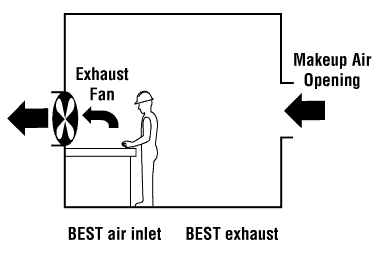
Poor ventilation can have detrimental effects on the growth and overall health of cannabis plants. Adequate airflow is critical to ensuring a well-regulated growing environment, as it helps to control temperature, humidity, and carbon dioxide levels. Without proper ventilation, stagnant air can lead to increased risks of mold, mildew, and pest infestations.
To implement proper ventilation in your cannabis growing space, there are a few key factors to consider. Firstly, you will need to ensure that there is a sufficient intake of fresh air and an effective exhaust system to remove stale air. This can be achieved by installing intake fans at the bottom of the grow room to bring in fresh air, while exhaust fans at the top will help expel warm air. It is important to position these fans strategically to create effective air circulation throughout the entire space.
Additionally, the size and power of the fans should be carefully chosen to match the size and requirements of your specific growing environment. A general rule of thumb is to have an airflow rate that is at least equal to the volume of your grow room. This will help maintain a consistent and balanced airflow, preventing hot spots and ensuring proper distribution of carbon dioxide.
Furthermore, it is advisable to use oscillating fans within the grow space to promote even airflow and prevent the development of stagnant pockets. These fans can be positioned to gently move air across the plants, strengthening their stems and leaves, while also discouraging the growth of pests and diseases.
By implementing proper ventilation for airflow and heat regulation, you can create an ideal growing environment for your cannabis plants. With adequate airflow, temperature and humidity levels can be controlled, reducing the risk of mold and pest infestations. Remember, a well-ventilated space is crucial for the overall health and success of your cannabis cultivation.
Monitoring and Adjusting pH Levels in the Growing Medium
| Aspect | pH Level |
|---|---|
| Optimal pH for foliage plants | 5.0 to 6.51 |
| Ideal range for growing medium pH | 5.6 to 6.2 |
| Optimum pH for plant growth in soilless media | Approximately 5.0 |
| Out-of-the-bag growing media pH | 5.4-6.0 |
Maintaining the proper pH levels in the growing medium is crucial for healthy cannabis plant growth. pH levels directly affect nutrient availability and uptake, ultimately influencing the overall health and productivity of the plants. Cannabis plants thrive in a slightly acidic environment, with a pH range of 5.5 to 6.5. Monitoring and adjusting the pH levels regularly is essential to ensure optimal nutrition absorption by the plants.
To effectively monitor pH levels, it is recommended to use a pH meter or pH test strips. These tools provide accurate readings of the current pH level in the growing medium. If the pH level deviates from the ideal range, adjustments should be made accordingly. When adjusting pH levels, it is important to use pH adjusters that are specifically formulated for hydroponic systems or soil-based mediums. These products are designed to bring the pH level back into the desired range without introducing unnecessary substances that could harm the plants. By regularly monitoring and adjusting pH levels, gardeners can provide the optimal conditions for cannabis plants to thrive and maximize their growth potential.
Preventing and Managing Pest Infestations in Cannabis Plants
Pest infestations can pose a significant threat to the health and productivity of cannabis plants. Prevention and effective management strategies are crucial in maintaining a thriving cultivation environment. One of the most important steps in preventing pests is to maintain a clean and sanitary growing space. Regularly inspecting the plants and the surrounding area can help identify any early signs of infestation, allowing for timely intervention. Additionally, implementing proper hygiene practices, such as disinfecting tools and equipment, can help minimize the risk of introducing pests to the plants. It is also advisable to quarantine new plants or cuttings before introducing them to the main growing area, as they may carry unwanted pests.
When it comes to managing pest infestations, the use of integrated pest management (IPM) techniques is highly recommended. IPM focuses on using a combination of cultural, biological, and chemical control methods to minimize pest damage while minimizing negative impacts on the environment and plant health. Cultural practices, such as proper spacing between plants, adequate airflow, and regular pruning, can create unfavorable conditions for pests and limit their spread. Introducing beneficial insects, such as ladybugs or predatory mites, can help control pest populations naturally. Chemical control methods should be considered as a last resort and used judiciously to minimize the risk of negative effects on the plants or the environment. By implementing a comprehensive pest management plan that includes prevention, early detection, and proper intervention techniques, cannabis growers can protect the health and vitality of their plants, ensuring a successful harvest.
Understanding the Different Stages of Cannabis Growth
Cannabis growth can be broken down into several distinct stages, each with its own unique characteristics and requirements. Understanding these stages is crucial for any cannabis cultivator, as it allows for precise management and optimization of plant growth.
The first stage of cannabis growth is the germination phase. This occurs when the seeds are exposed to moisture, oxygen, and the right temperature, triggering the growth process. During this stage, the seed will develop a taproot and its first set of leaves, known as cotyledons. It is essential to provide the right conditions at this stage, such as proper moisture levels and a warm environment, to ensure successful germination.
Following germination, the cannabis plant enters the seedling stage. This stage is characterized by the growth of the plant’s vegetative structures, such as roots, stems, and leaves. During this phase, the plant will start to develop its true leaves, which are different from the initial cotyledons. Seedlings require adequate nutrients, water, and light to support healthy and vigorous growth. It is also crucial to maintain optimal temperature and humidity levels to avoid stress or stunted growth.
Harvesting and Curing Cannabis Plants for Optimal Quality and Potency
Harvesting and curing cannabis plants is a crucial step in achieving optimal quality and potency. These practices require careful attention to detail and proper timing to ensure the best possible outcome.
When it comes to harvesting cannabis, timing is everything. Harvesting too early can result in a less potent product, while harvesting too late can lead to a decline in overall quality. One indicator that the plant is ready for harvest is the color of the trichomes, the small resin glands that contain the plant’s cannabinoids and terpenes. When the trichomes turn from clear to milky white, it’s a sign that the plant is reaching its peak potency. Additionally, observing the pistils, the tiny hairs on the buds, can also help determine the ideal time for harvest. Once the majority of the pistils have turned from white to a darker, more vibrant color, it’s a good indication that the plant is ready for harvest.
After harvesting, the process of curing begins. Curing is crucial for developing the desired taste, aroma, and potency of the cannabis. It involves drying the buds slowly in a controlled environment to ensure they are free from excess moisture and properly cured. This slow drying process allows the plant to break down chlorophyll, resulting in a smoother smoke and a more desirable flavor. Proper curing also helps to preserve the potency and integrity of the cannabinoids and terpenes, ensuring that the final product delivers the desired therapeutic effects.
In conclusion, mastering the art of harvesting and curing cannabis plants is essential for achieving optimal quality and potency. By paying close attention to the timing of the harvest and implementing proper curing techniques, gardeners can ensure that their cannabis yields a product that is both enjoyable and effective.
How long should the light cycle be for cannabis plants?
The light cycle for cannabis plants should be 12 hours of light followed by 12 hours of darkness during the flowering stage.
What factors should be considered when choosing a cannabis strain for a 12-hour light cycle?
When choosing a cannabis strain for a 12-hour light cycle, consider its flowering time, strain genetics, and the desired potency and aroma.
How do I prepare the growing environment for optimal cannabis plant health?
To prepare the growing environment for optimal cannabis plant health, ensure proper ventilation, maintain the ideal temperature and humidity levels, and use quality growing mediums.
How often should I provide nutrients and water to cannabis plants?
Cannabis plants typically require nutrients and water every 2-3 days, but this may vary depending on environmental factors and the specific stage of growth.
What lighting equipment is suitable for a 12-hour light cycle?
For a 12-hour light cycle, high-intensity discharge (HID) lights such as metal halide (MH) and high-pressure sodium (HPS) lights are commonly used.
How do I establish the ideal light intensity for cannabis growth?
The ideal light intensity for cannabis growth can be determined by considering the stage of growth, strain requirements, and monitoring the distance between the plants and the light source.
Should I use a timer system for consistent light schedule?
Yes, using a timer system is crucial for maintaining a consistent light schedule for cannabis plants, especially during the flowering stage.
How do I manage temperature and humidity levels in the growing space?
Temperature and humidity levels in the growing space can be managed by using proper ventilation, fans, air conditioning, and dehumidifiers if necessary.
Why is proper ventilation important for cannabis plants?
Proper ventilation is essential for cannabis plants as it ensures adequate airflow, prevents the buildup of heat and humidity, and helps to minimize the risk of mold and disease.
How do I monitor and adjust pH levels in the growing medium?
pH levels in the growing medium can be monitored using a pH meter or test strips, and adjusted by adding pH up or pH down solutions to maintain the ideal range for cannabis plants.
How can I prevent and manage pest infestations in cannabis plants?
Preventing and managing pest infestations in cannabis plants can be achieved through regular inspection, using organic pest control methods, maintaining a clean growing environment, and implementing pest prevention measures.
What are the different stages of cannabis growth?
The different stages of cannabis growth include germination, seedling, vegetative, flowering, and harvesting stages.
How do I harvest and cure cannabis plants for optimal quality and potency?
To harvest and cure cannabis plants for optimal quality and potency, harvest the plants at the right time, trim the buds, dry them slowly in a controlled environment, and cure them in glass jars for several weeks.

Suyash Dhoot, editor at SouthElMonteHydroponics.com, is a pioneering force in hydroponics. His expertise spans nutrient solutions and cutting-edge technology. Through meticulous editing, he elevates the site to a beacon of knowledge, offering invaluable insights. Dhoot’s dedication shapes a greener, more efficient future for agriculture.

